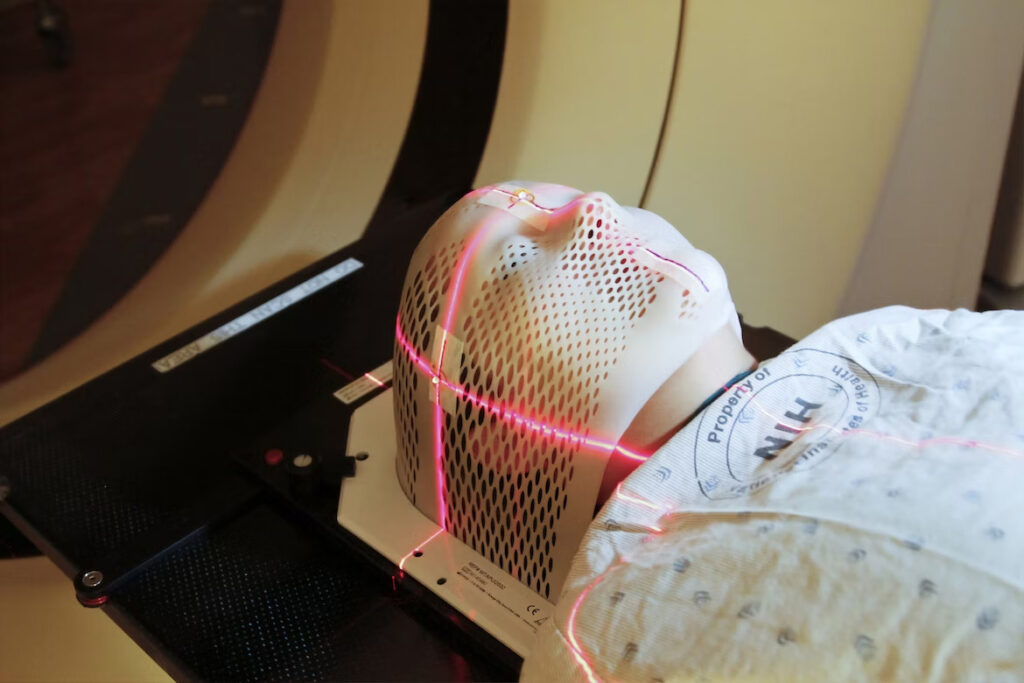Thought-to-Text: Can the Tech Behind ChatGPT Enable Mind Reading?
Ask ChatGPT for information or insights about random topics, and you will likely get some sensible responses. However, it will usually remind you that its knowledge base is limited to information generated until 2021. It is not yet the omniscient AI system many people fear or assay. It has significant weaknesses.
While this disruptive technology is still far from reaching its full potential, derivatives have already started emerging. One of these derivatives is an AI-driven technology that may enable some form of mind reading and the possibility of directly converting thoughts into text, speech, or digital memory. It can send text-to-speech or speech-to-text tech to obsolescence.
Mind reading AI?
Researchers at the University of Texas in Austin have developed a method of translating brain activity scans into words with the help of the same AI behind ChatGPT. Essentially, it can be regarded as a form of mind reading, wherein brain activity is scanned by a functional magnetic resonance imaging (fMRI) machine to provide data that can be automatically converted to words. It makes it possible to reveal the thoughts of a person directly from their brain.
However, Alexander Huth, one of the researchers involved in the development of this new technology, prefers not to call it “mind reading.” The University of Texas at Austin assistant professor of neuroscience and computer science thinks that the technology is not exactly the kind of mind reading most people have in mind. “We think it conjures up things that we’re actually not capable of,” Huth says.
Nevertheless, this technology is without a doubt promising. It provides a way for AI to be part of the process of extracting thoughts from a person’s brain. Technologies that read patterns of brain activities have been in existence for quite some time. However, researchers have struggled to come up with a coherent and consistent system that can translate these brain activity patterns into precise words or ideas. The rise of powerful AI that learns from expansive sets of data is a welcome development for attempts to “read minds.”
How AI helps translate MRI readings into words
Huth serves as one of the volunteers for this University of Texas-Austin “mind reading” technology development project. He has volunteered to be a subject of fMRI brain wave reading, spending most of his day in an fMRI facility to get detailed fMRI images of his brain while listening to sets of audio clips.
The resulting fMRI brain scans are then sent for processing to GPT-1, the first machine learning model developed by San Francisco startup OpenAI. This is the pioneering model developed by the same startup responsible for creating the highly popular ChatGPT.
GPT-1 analyzed the data produced by the University of Texas-Austin team to correlate brain activity patterns to specific words. Eventually, it was able to correctly determine what Huth and other volunteers were listening to based on the fMRI images of their brains.
This machine learning arrangement is similar to how ChatGPT became as capable as it is now. It trained on an extensive range of materials to achieve some semblance of human-like intelligence. It pored over billions of materials to understand how sentences are constructed, how humans interpret statements in various ways, and how people synthesize thoughts.
Current limitations and future possibilities
As mentioned, this technology is not quite the mind reading AI system most people would expect. For one, in its current form, this tech is limited to detecting the word a person is listening to. It is not yet capable of detecting what a person is thinking or trying to say. However, it is a promising first step towards creating a reliable technology that can determine what a person has in mind.
This technology sparks hope among people who have lost their ability to communicate to regain their verbal abilities with technological aids. As Huth asserts, “the real potential application of this is in helping people who are unable to communicate.” It can make it possible to communicate with those who suffer from stroke or “locked-in” syndrome.
Some also suggest that this technology may have applications in law enforcement, particularly in forcing a confession from a suspect or evaluating the truthfulness of those who are called for an interrogation or deposition. However, this is arguably a distant possibility for now.
Also, the fears that this technology may compromise people’s privacy is unwarranted—at least for now and in the next few years. The process of obtaining the brain activity readings requires a bulky fMRI machine, and not many would willingly submit themselves to fMRI scanning. Additionally, it is not yet established if the brain activity patterns associated with specific words or ideas are similar for everyone. Someone’s brain fMRI images for certain words may not be the same as somebody else’s, so AI may have to build specific databases for specific people to accurately “read their minds.”
There have been many attempts to directly use brain waves or activity to communicate or interact with devices before. A few years ago, we featured a startup that developed “neurogaming,” a way to let gamers play with their minds (not with their hands). However, the use of AI to translate brain activity into words or thoughts appears to be the most viable path towards scientific mind reading and direct mind-to-mind communication.


